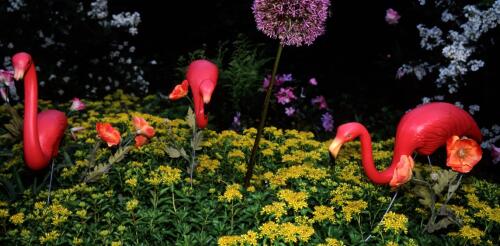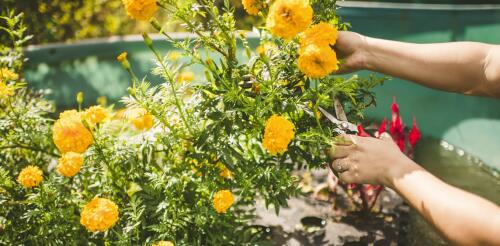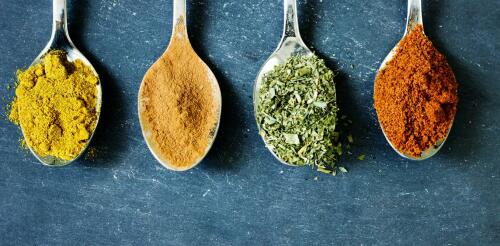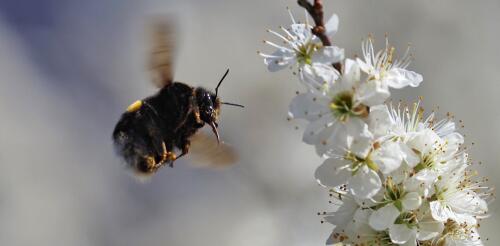Flowers
A salve for America’s loneliness epidemic could exist right in front of its homes. Front yards are a staple of many American neighborhoods. Lush plantings, porches or trinkets can capture the attention of passersby and spark conversation. Other lawns say “stay away,” whether it’s through imposing fences or foreboding signs. But to what extent do yards serve as a window into the people who tend them – and how they feel about their home, neighborhood and city? In our study of nearly 1,000 front yards in Buffalo’s Elmwood Village neighborhood, we found that the livelier and more open the front yard, the more content and connected the resident. Cultivating a sense of place Our study of front yards is part of a larger investigation into the ways in which American neighborhoods can cultivate a stronger “sense of place,” which refers to the feeling of attachment and belonging one feels to their home, neighborhood and city. For deca...
Flowers grown on inexpensive floating platforms can help clean polluted waterways, over 12 weeks extracting 52% more phosphorus and 36% more nitrogen than the natural nitrogen cycle removes from untreated water, according to our new research. In addition to filtering water, the cut flowers can generate income via the multibillion-dollar floral market. In our trials of various flowers, giant marigolds stood out as the most successful, producing long, marketable stems and large blooms. Their yield matched typical flower farm production. Why it matters Water pollution is caused in large part by runoff from farms, urban lawns and even septic tanks. When it rains, excess phosphorus, nitrogen and other chemicals wash into lakes and rivers. These nutrients feed algae, leading to widespread and harmful algae blooms, which can severely lower oxygen in water, creating “dead zones” where aquatic life cannot survive. Nutrient runoff is a critical issue as urban areas expand,...
Curious Kids is a series for children of all ages. If you have a question you’d like an expert to answer, send it to curiouskidsus@theconversation.com. How do spices get their flavor? – Liam, age 6, San Francisco I love savory and spicy foods. Lasagna laden with basil and oregano. Beautifully golden curries infused with turmeric, or rice flavored with saffron. I can’t pass up a cinnamon-dusted snickerdoodle cookie. And some of my favorite childhood memories center on my mom’s nutmeg-infused sweet potato pie. These ingredients come from many different plants and distinct plant parts, including leaves, seeds, bark and plant oils. Their flavors are created by accumulated phytochemicals – substances the plants make. “Phyto” comes from the Latin word for plant. Plants produce chemicals for different purposes. In my recent book, “Lessons from Plants...
As trees and flowers blossom in spring, bees emerge from their winter nests and burrows. For many species it’s time to mate, and some will start new solitary nests or colonies. Bees and other pollinators are essential to human society. They provide about one-third of the food we eat, a service with a global value estimated at up to $US577 billion annually. But bees are interesting in many other ways that are less widely known. In my new book, “What a Bee Knows: Exploring the Thoughts, Memories, and Personalities of Bees,” I draw on my experience studying bees for almost 50 years to explore how these creatures perceive the world and their amazing abilities to navigate, learn, communicate and remember. Here’s some of what I’ve learned. It’s not all about hives and honey Because people are widely familiar with honeybees, many assume that all bees are social and live in hives or colonies with a queen. In fact, only about 10% of bees are social,...



